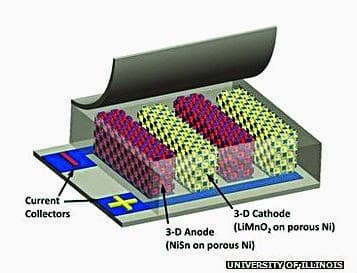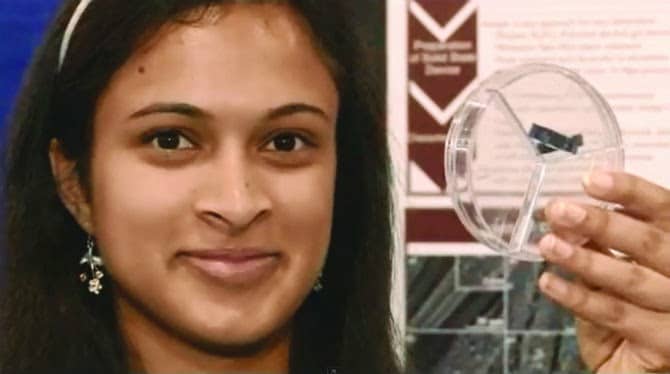That was the Eureka moment! When the researchers realised that they had stumbled upon an energy storage medium which also has the ability to charge/discharge quickly and we are talking in seconds here. Generally, the batteries that we use are high energy storage devices but have painfully slow charge/discharge cycles whereas a capacitor has a low energy, high power and very quick charge/discharge times. The graphene micro-supercapacitor which is what the researchers are working on is both high energy and high power device with quick charge/recharge cycles. Traditionally fabricating graphene micro-supercapacitor involved a labour-intensive process, but Kaner and El-Mady’s method of using a DVD burner to make thin graphene sheets if scaled can work out to be a much cheaper way to produce the micro-supercapacitors. You have over 100 micro-supercapacitors on a single disc in under 30 minutes. For any supercapacitor to be effective, the two separate electrodes have to be positioned in a way that the surface area between them is maximised so as to hold more charge. The researchers from UCLA placed the electrodes side-by-side using an interdigitated pattern thereby increasing surface area available for each of the electrodes at the same time reducing the distance for the ions to travel (something similar to what we saw in microbatteries above). Since these graphene supercapacitors are flexible, bendable, twistable in nature they can be used as energy-storage devices in flexible electronics such as roll-up display or TVs, e-paper as well as wearable electronics. Currently the team is looking for industry partners to help them mass produce the graphene micro supercapacitors. Source: ThinkDigit


